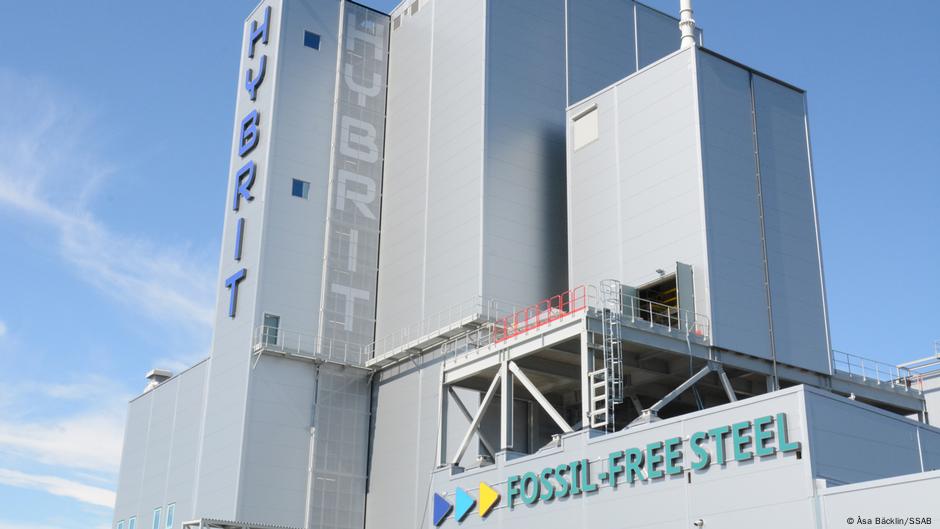Navigating the Path to Green Steel in Europe amid Economic and Environmental Challenges
Key Ideas
- The steel industry faces environmental and economic challenges, prompting a shift towards greener technologies.
- Europe is investing in green steel initiatives like using hydrogen in direct reduction plants to reduce emissions.
- Challenges include economic risks, uncertainties in hydrogen supply and pricing, and competition with cheap Chinese steel.
- Success in achieving green steel goals in Europe hinges on overcoming challenges and establishing a sustainable market.
The global steel industry, responsible for producing over 1.8 billion tons annually, plays a vital role in infrastructure. However, this sector's operations have raised significant environmental concerns and economic hurdles. In Europe, a region leading the charge for sustainability, the steel industry is undergoing a technological revolution. The concept of green steel is gaining momentum, driven by the necessity to reduce carbon emissions. ThyssenKrupp's blast furnaces, despite improvements, still release substantial CO2, emphasizing the urgency for transitioning to cleaner technologies. The European Union is at the forefront of promoting green steel through initiatives such as direct reduction plants that utilize hydrogen instead of coal, thereby cutting down on harmful emissions. While these advancements are promising, there are notable challenges ahead. Economic risks loom large, and uncertainties surround hydrogen availability and pricing, complicating the transition process. Moreover, the influx of inexpensive Chinese steel poses a threat to local jobs and industries. The success of Europe's green steel strategy depends on effectively mitigating these challenges and establishing a sustainable market for environmentally friendly steel products.
Topics
Europe
Environmental Impact
Sustainability
Green Economy
Steel Industry
Economic Challenges
Hydrogen Technology
European Initiatives
Technological Transformation
Latest News
